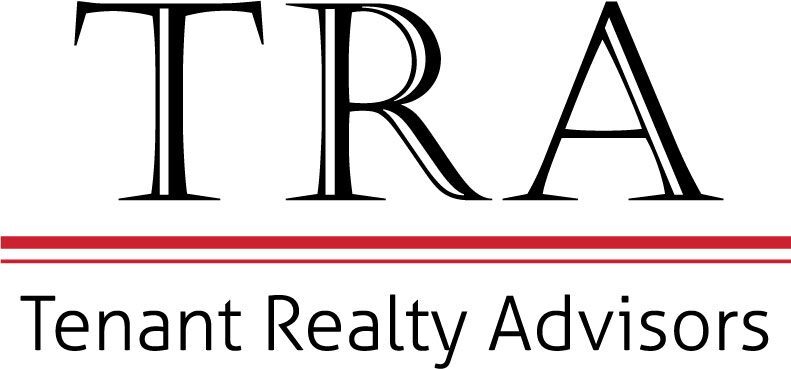Since the early stages of COVID in 2020, TRA has had the opportunity to sublease office space for our clients that have ‘gone home’ as they say, as well as find subleases for clients looking for move-in ready space at a good price. I would estimate that TRA has completed more subleases than any other commercial real estate company in town. So, what about subleases? We feel subleasing your office space, or pursuing a sublease space, is a tricky endeavor with extra layers not contemplated in a direct lease with a landlord. Not only do you have a tenant and a subtenant, but also a landlord, who can be indifferent, difficult or supportive, depending upon many factors.

Subleasing your premises
Marketing excess office space for sublease can be a good strategy for many reasons. But let’s just assume you’ve already made the decision to market your space. In many urban markets post 2020, subleasing office space is extremely common, competitive and largely fruitless. But in Boise, we have good demand for move-in ready, functional space. In fact, of the dozen or so sublease listings I have had in the last few years, all have been subleased or resulted in a buyout from the landlord. The first and most important thing I do is check the client’s sublease language in their lease. Some landlord’s greatly restrict a tenant’s ability to successfully shed their office space unless it is a clear win for the landord. Understanding the rights and obligations in the lease will be critical as you negotiate a deal. In Boise, as long as the space is functional, well located and furnished, there is little reason to offer it at a discount. More important than the face rate offered is the commencement of the deal. Every month that goes by costs the tenant significant money. Generally in this market, $5/SF off your rate for lease sublease that starts next month is superior to full rent for a sublease that doesn’t start for 3 months. Once a sublease deal has been negotiated, present the terms and the subtenant’s financials to your landlord. Many landlords would prefer to lease directly to a company that wants to be in the office, vs. a tenant that is trying to rid themselves of the rent obligation. If a buyout doesn’t look to be in the cards, I ask the landlord for a consent document or exhibit (usually one page) that can be attached to the sublease document. If they are not going to consent, now is the time to find out, not after time has gone by and money has been spent with attorneys. We can then move on to negotiating the sublease lease document, attach the consent, and get signatures. Time is money during this process!!
Pitfalls of pursuing a sublease space
So, let’s say you are in the market for a new space. Should you consider subleases? For sure! But be aware of a few things. As I mentioned above, Boise’s market is healthy, and so don’t expect a huge discount. If you can move in right away, by all means, make the economics favorable to you. But know that if your start date is 6 months out, most tenants offering a sublease will be looking over your shoulder for a deal that starts immediately. Once you begin negotiating, ask for a copy of the tenants lease (often the financial terms will be redacted). The sublease language may allow the landlord to cancel the lease if the tenant pursues a sublease. Much time and money could be invested in pursing a space, only to have the landlord cancel the lease for reasons only known to the landlord. Also know that should the tenant default, this could leave you in limbo or worse, on the street, as the landlord usually has the ability to recapture the space or cancel the lease if the tenant defaults. Lastly, a note on subleasing from a giant corporation. These groups usually have facility people, real estate people, and brokers that act fast and can assure you all is fine. But at the end of the day (or near the end of the deal), a CEO or CFO for a giant company can squash any deal, and they are also notoriously slow to act and sign. Give yourself time and have a plan B.
Thoughts on furniture
A furnished “turnkey” space is a great find for many clients. And a great way to market a space. Be realistic on the cost of the furniture. In my experience, the furniture is ‘free’ as part of the incentive package to sublease the space. Recently however, my client was able to sell $80,000 worth of furniture for $30,000, and both parties were happy with the deal. But if not ‘sold’ at the beginning of a sublease, both parties – the tenant and the subtenant – need to think through who ends up with the furniture at the end of a lease. The tenant may be walking away from the space for good, and therefore would want the subtenant to assume the furniture at the end of the lease. Or the tenant may want to recapture the space and therefore only allows the subtenant use of the furniture, subject to ‘normal wear and tear’. So, figure out who gets the furniture at the end of the lease (and therefore gets to remove it) and for how much money. As part of this, a detailed inventory of the FF&E should be put together and attached to the sublease. It should also be attached to any Bill of Sale created as part of the transaction.
Subleases can be great solutions, but proceed carefully!!
